アマノイ、ベトナム
ヌイチュア国立公園とユネスコの生物圏保護区に囲まれた、緑豊かなベトナムの海岸線を望む場所に、アマノイは佇んでいます。ここはヴィンヒー湾を見下ろす自然の楽園です。
Photography by Jack Davison
Words by Sala Elise Patterson
Aman New York, United States
The saxophonist moves downstage to take his solo. His fingers are ablaze, breaking down the melody and building it back up again. Heads in the audience bob in appreciation, gently and then more emphatically, as he moves mightily into the final bars. The club breaks into applause as the drummer brings the rest of the sextet back in.
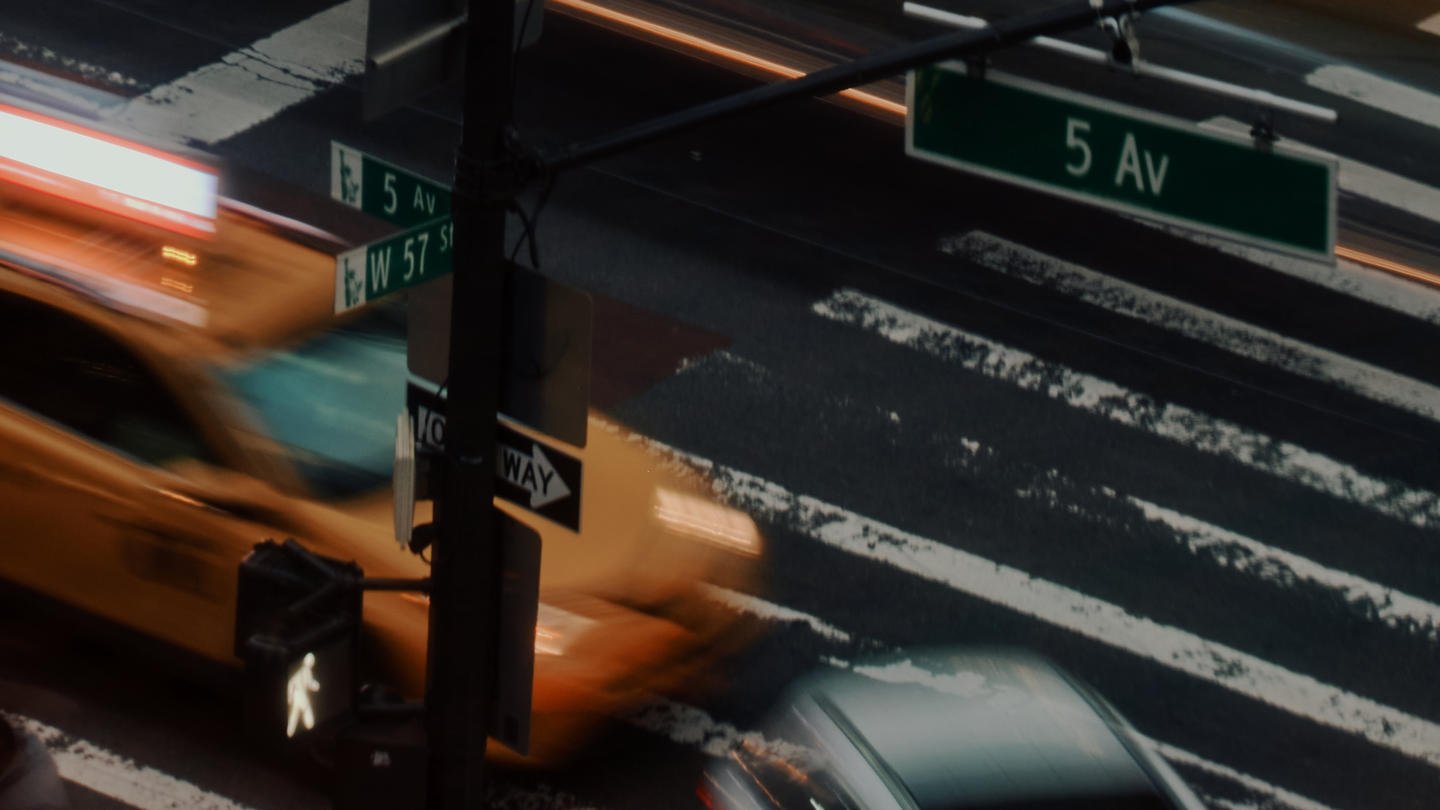
On this weekday night, the subterranean Jazz Club at Aman New York is near full. A long ride down in a steel service elevator and a walk down a mysterious corridor to get here from the main lobby. It has that speakeasy feel. The space evokes the storied jazz scene of New York– moody and sultry, laidback but sophisticated, eager but relaxed.
Plush, secluded banquettes line the back of the room. Two rows of smaller cocktail tables with low-slung lounge chairs ring the stage. From here, you can appreciate the intensity and virtuosity of the musicians. You see them sweat, you pick up the cues from the bandleader, the trumpet player Wayne Tucker. The sound is crisp and charged and the space intimate enough that the music jostles the spirit. I close my eyes to let the rhythm all the way in so it can do what it does best: transport.
"I close my eyes to let the rhythm... do what it does best: transport."


I am on the 4th floor of the Museum of Modern Art earlier that day. In front of me is Lee Ufan’s “From Line”: two dozen parallel brushstrokes of blue pulled from the top of the canvas straight down to the bottom, streaking and fading as the paint exhausts itself. Like the gentle ta-toom toom toom toom of the music’s bassline— it’s simple but compelling, carrying the entire tune on its back. Ufan’s painting and the music both hit like a hard truth, and I wonder, for a second, why I seem to think everything must be complicated to be meaningful.
MOMA was born in the historic Crown Building that Aman now calls home. In 1929, August Heckscher, the then owner of the building, collected 101 works of art which formed what would become the museum’s first permanent collection. If you know this backstory, you pick up on the nods to that history around the property. In the lounge of the hotel, an undulating lantern by Dutch sculptor Peter Gentenaar hovers over the seating area and an installation of tiles by Wycliffe Stutchbury, an English artist, adorn one wall. A hallway behind refined Japanese restaurant Nama is lined with stunning sculpted vessels that look like wood forged by time but are in fact Raku ceramic sculptures by Japanese artist Yoshimi Futamura. And the main wall in my suite (and in every suite) is ornamented with a silkscreened mural inspired by the 15th-century Japanese painter Hasegawa Tōhaku’s iconic “Pine Trees.”
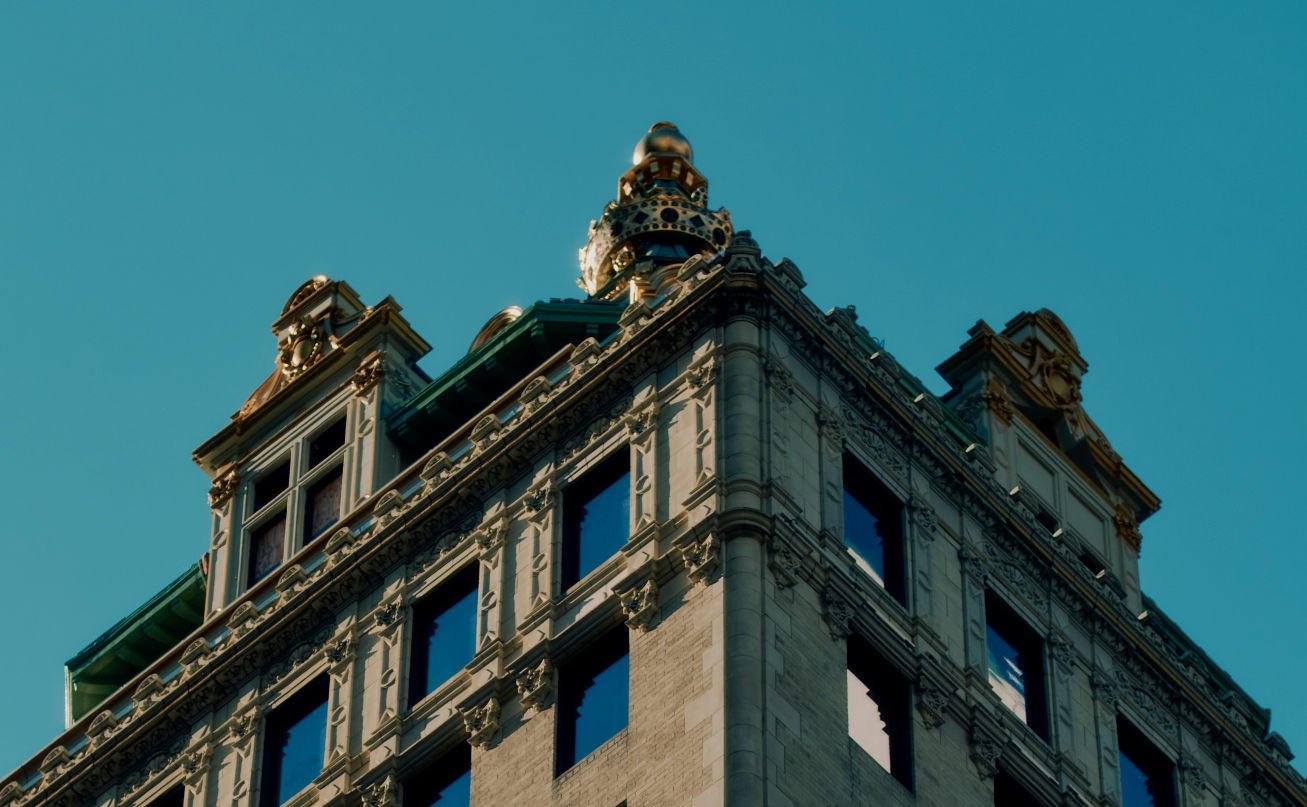
But perhaps what I feel most acutely is how Aman looks to elevate living and living well to the level of art. Like the mindboggling task of sourcing fresh ingredients for Nama and its Italian neighbor restaurant Arva from more than 900 local NY farms. Or the generous use of fine, equally hard to source organic materials in the decor: walls dressed in linens; oak, walnut, and cinnamon wood furniture; unpolished stone accents; natural light channeled to light a room just so. You want to drag your fingers along every corridor, across every table and column, lean in and inhale its natural essence.
"what I feel most acutely is how Aman looks to elevate living and living well to the level of art."
At MOMA, photographer Jack Davison had his own experience that morning, taking time with his favorites and peeling off this way and that. He wandered and peeked where no one bothered to look, around walls, out of the sliver-sized gallery windows, through beams and latticework. Following the light, searching for shadows, reflections and beams, the residue or essence of the thing rather than the thing itself.
The layperson’s subject – the works of art, the guy in the park -- is not his; rather it’s the thing that the subject makes us feel, the experience it evokes. So not just the jazzman, but the jazzman chasing notes up and down the scale, jostling the energy in the room, whipping his band into a frenzy. To shoot him stark still would rob the moment of its kinetic force and deny the spirit he has summoned in the space. Perhaps Jack trusts our visual memory to hold onto the more straightforward details – the sharp suit and pointy shoes, the rebellious locks of his Afro, the way he toys with the trumpet valves before actually playing— so he can tease out in image the subtle forces at work in a moment. What does the bliss of sitting with art look like? How do you capture in image the interior experience of contemplation? What colour is the sound of a jazzman in flight?
The band swings, the night is easy. The warmth of the crowd and the room, the energy of the musicians, everything compresses down here to close the gap between us all. It is an experience New York has been offering jazz fans for a century, pressed up against each other in dark spaces for the glory of hearing a performance that will never ever be replicated again to the note. As jazz clubs close around the city and country, this club below street level, with a throwback vibe, is doing its part to keep tradition alive. If you appreciate that history, you appreciate doubly being here, as do I, having a perfect coda to a day moving between art and myself, the world outside and the expanse of my personal interior.
"the glory of hearing a performance that will never be replicated again to the note."
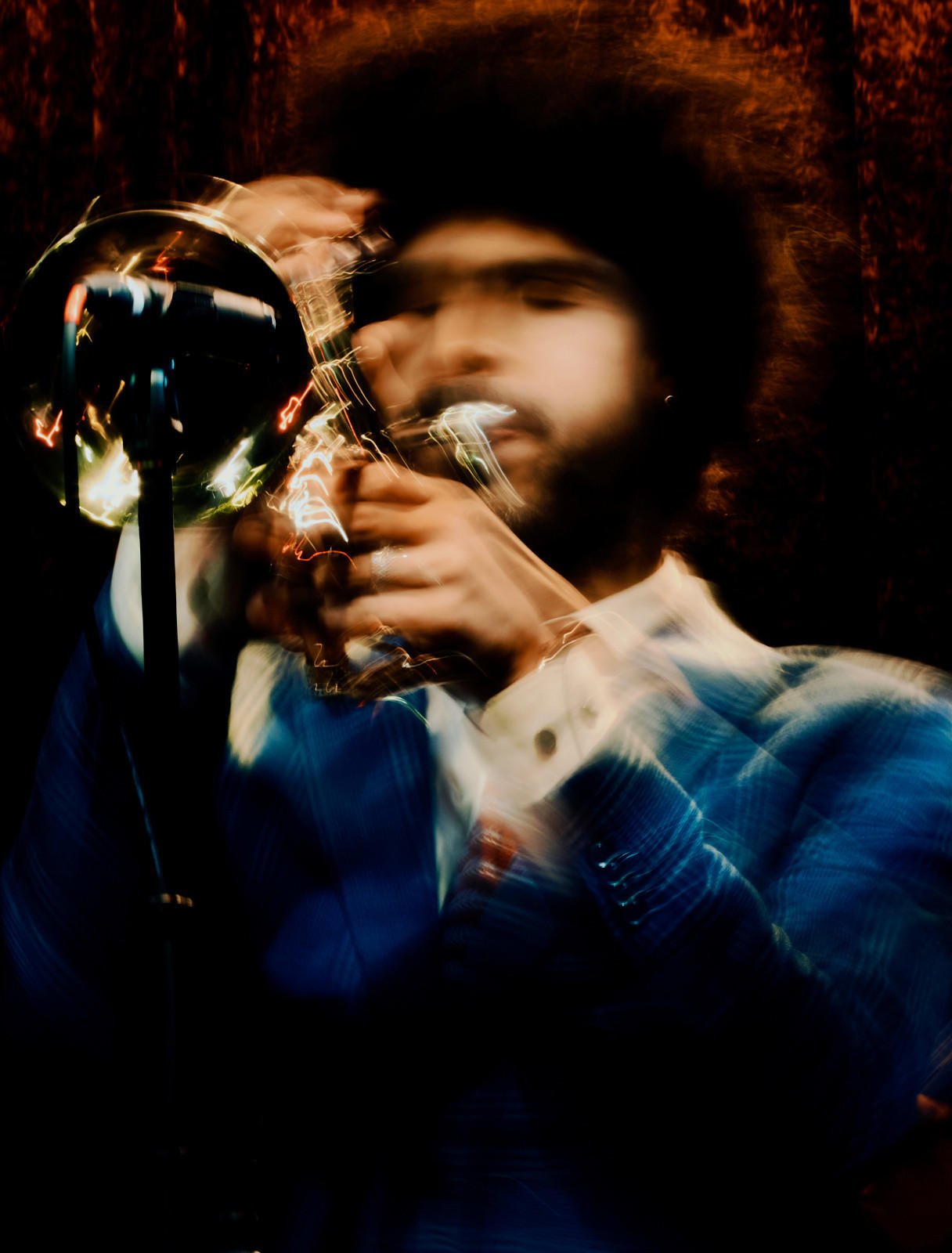
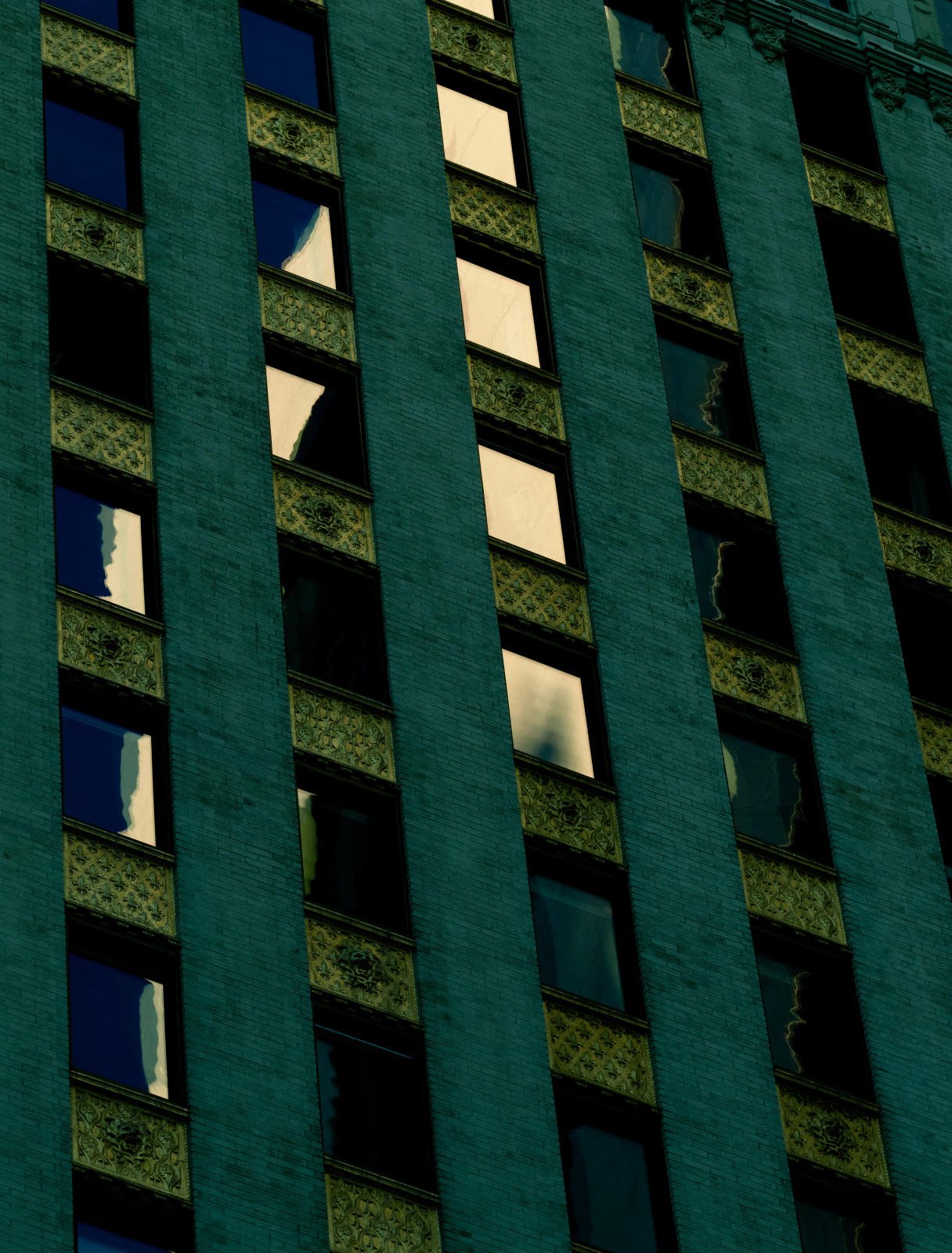
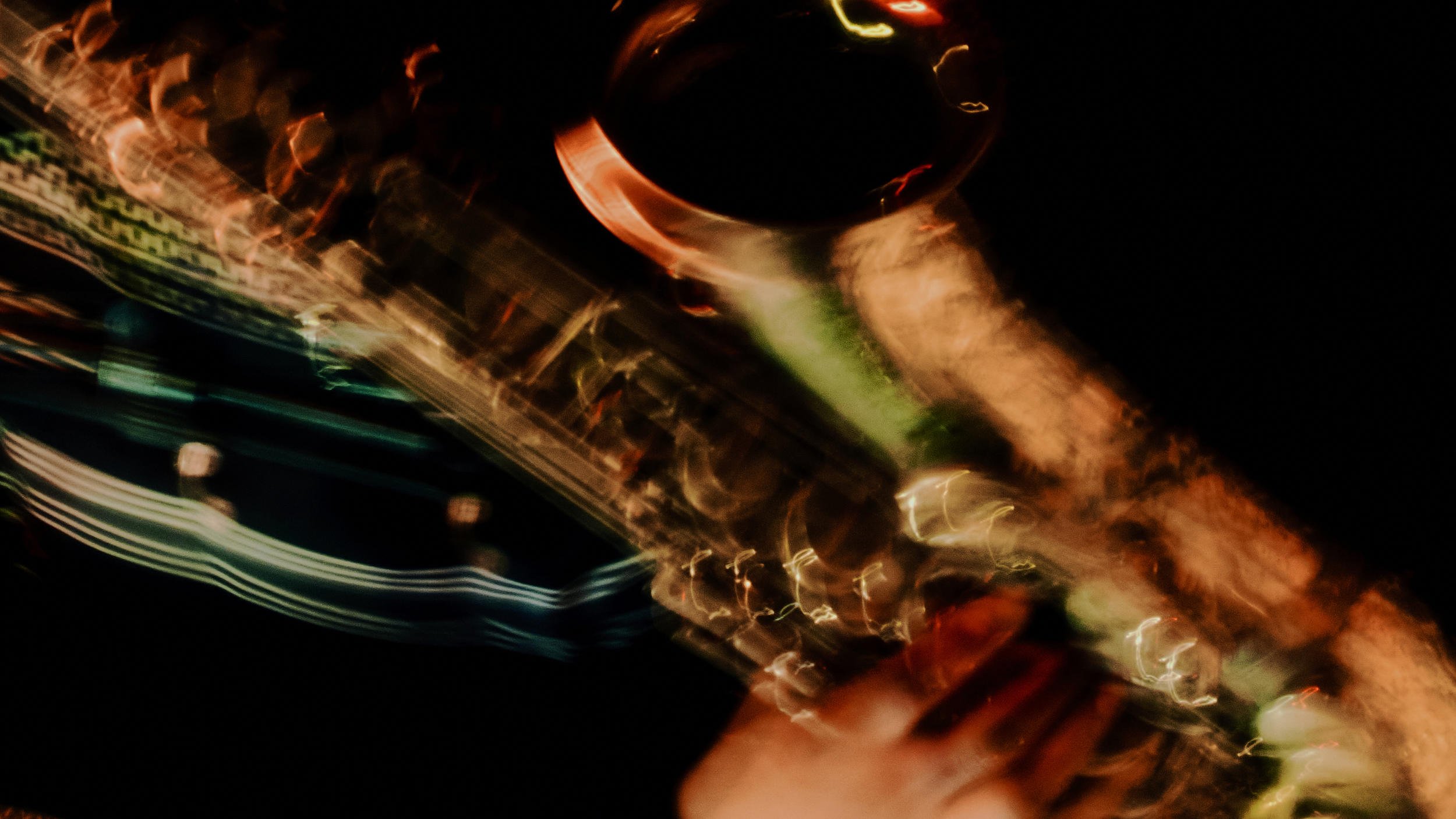
In the latest of Aman’s Meditations, writer Sala Elise Patterson and photographer Jack Davison uncover the rhythms and riffs beneath the legendary gilded roof of Aman New York. Meandering through the streets of Manhattan they find moments where art, music, and time merge to take centre stage.
Serial expatriate and multi-linguist, Sala Elise Patterson’s cross-cultural perspective on art, travel and life has appeared in titles including Condé Nast Traveller, The New York Times Style Magazine and Harvard Design. She is a founding director of strategy firm the Songhai Group and Vice Chair of the Board at the Phillips Collection.
A self-taught photographer, Jack Davison has shot for the New York Times Magazine, British Vogue and TIME among many other titles. Blending a cinematic surrealism with the mystery of contrasting shadow, his subjects have ranged from the details of a clenched fist to portraits of Michael Caine and Glenda Jackson.